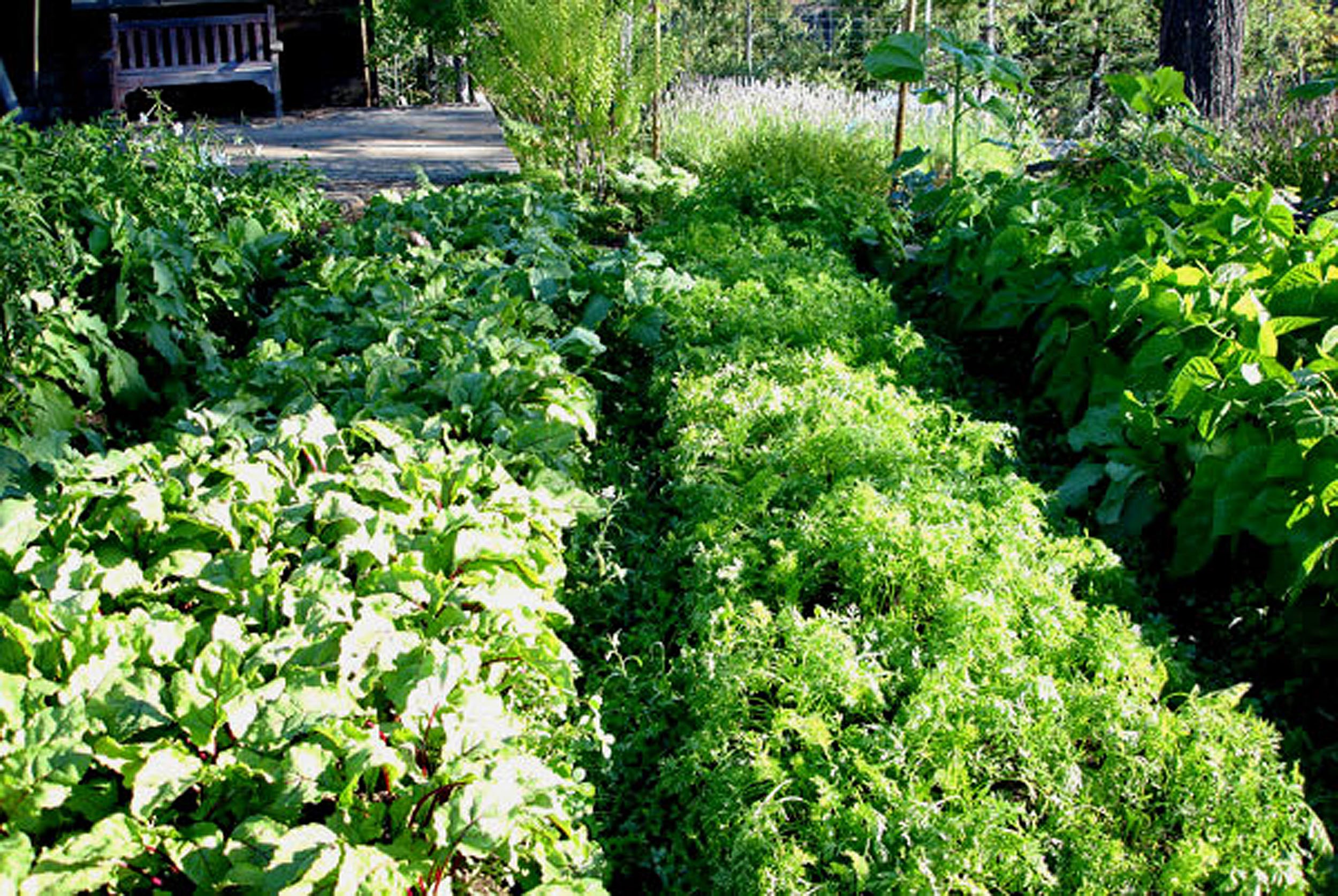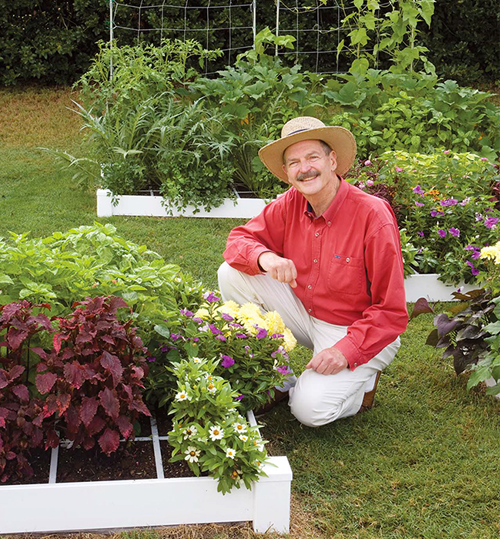When you have been gardening for over 60 years, like I have, you see a lot of trends and fads come and go. A recent trip down memory lane jogged a few for me around the subject of growing vegetables. Two that I remember well are French Intensive Gardening (or Biodynamic Gardening), and Square Foot Gardening. Here’s a little background…
French Intensive Gardening goes back to the market gardens in 16th-century France. It reached a peak in the late 1800s and early 1900s, by which time it had also reached England. It was introduced in the United States by the English gardener Alan Chadwick, who started a French intensive garden at UC Santa Cruz in 1967. In essence, it is a gardening method where produce is grown in less space than in traditional gardening, yet with still high yields. It is anchored on the following principles.
Soil Improvement: A technique called ‘double digging’ is employed to loosen up the soil to a depth of 2 feet. It is a heck of a lot of work, but once the soil is dug up and heavily amended with good quality compost, plants can send their roots down vertically instead of horizontally, thus allowing a higher concentration of plants per square foot.
Minimize compaction: In French intensive gardening, most beds are designed no greater than four feet wide, allowing easy access to the center of the bed for planting, weeding, and harvesting without stepping on the soil. 2 feet tall raised beds are also an option, which is exactly what I have done.
Close Spacing: Because the soil is so deep and improved, crops are planted two to five times tighter than in traditional vegetable gardening. Another benefit of close spacing is that weeds don’t get much of a chance to grow.
Companion Planting: Crops that happily coexist because they don’t hamper each other’s growth are interplanted at the same time. The best matches are often opposites: slow- and fast-growing plants (like lettuce and radishes), tall and short plants (beans and lettuce), deep- and shallow-rooted (parsnips and arugula), and heavy and light feeders (broccoli and peas).
Succession Planting: As soon as one crop is harvested, another is transplanted into its space.
Crop Rotation: Nothing unique with this practice. This is a must for all gardens to promote soil health, maintain nutrient balance in the soil, and for pest and disease control.
As you can see, with the exception of the ‘double digging’ part, French Intensive Gardening (or Biodynamic Gardening) is really just a more intensive form of good old fashion organic gardening. Good soils produce good yields. It’s that simple.
In 1981 a new fad occurred called “Square Foot Gardening”, introduced by civil engineer and urban planner Mel Bartholomew. His system involved raised beds divided into squares for planting a large number of food crops in a small space. He recommended special soil mixes and, of course, other organic practices, much like the above French system.
Both of these fads attained cult status in their heyday, and I suspect still have their fair share of devotees. In some ways, the “raised bed” I made out of a galvanized stock tank a couple of years ago and planted with a whole host of different veggies was just a modern day version of these systems.
If you really want to up your veggie gardening game this year, I highly recommend looking into either one of these styles. Both are an investment in time and materials, but the return will be well worth it!








